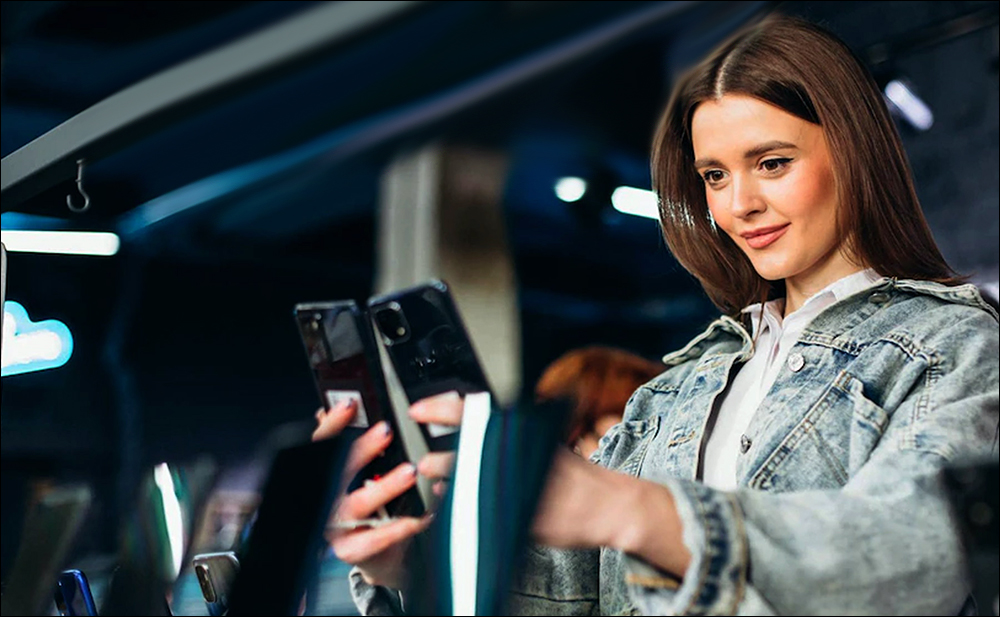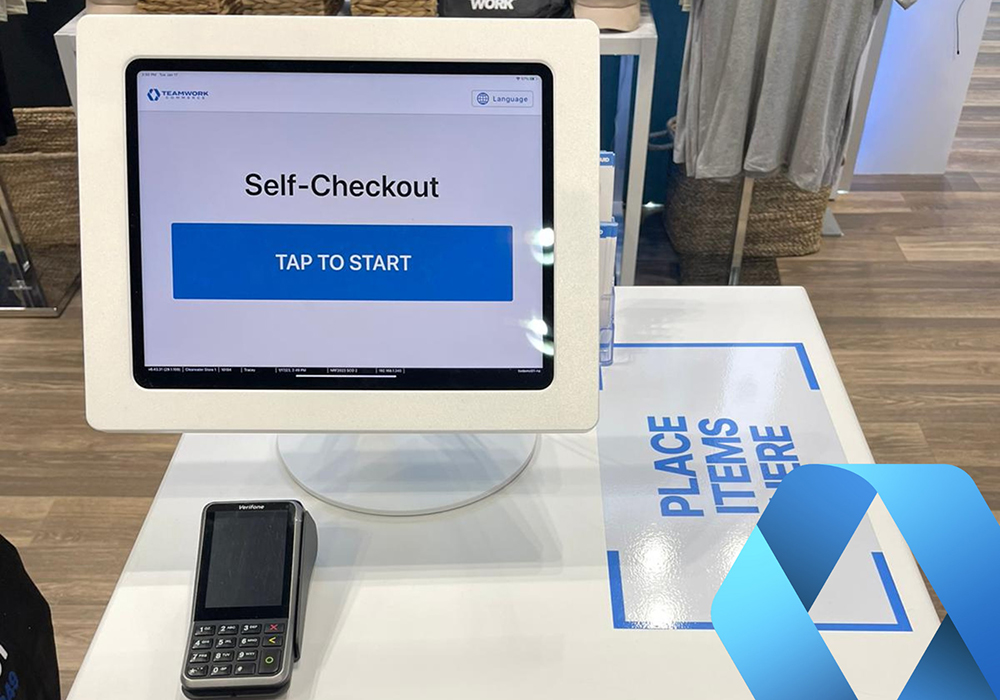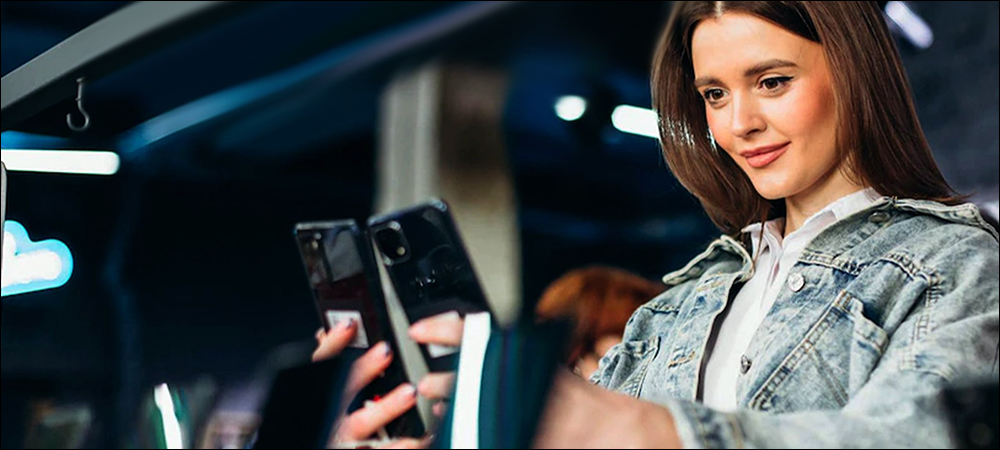As shopping behavior evolves, retailers are leveraging technology in ways that reduce the friction that customers experience upon entering a brick-and-mortar store. That includes making it easier for them to find and purchase the goods they want, and to continue on with their day. With this in mind, Teamwork Commerce has released its RFID-Powered Self-Checkout solution, designed to help midsized retailers simplify the checkout process for in-store customers.
The technology is intended to afford shoppers a faster, more hassle-free approach to buying goods. The system is already in use by enterprise customers, according to Michael Mauerer, Teamwork Commerce’s founder and CEO, including companies with 1,000 stores or more. Some of these larger retailers have been employing the technology for several years. Now, based on the success of those deployments, Teamwork Commerce is offering the ultrahigh-frequency (UHF) radio frequency identification (RFID)-based self-checkout solution to smaller chains with up to 500 locations.

First and foremost, Mauerer reports, the system is designed to simplify the checkout process for shoppers. For retailers, he says, it can increase the number of transactions completed during operating hours, thereby creating more time for in-store associates to focus on customer service. It is also designed to prevent loss by identifying any item being removed from a store without being purchased.
In recent years, Mauerer notes, Teamwork Commerce has seen consumer demands take retailers in two directions, both of which are being addressed, in part, by RFID. “Basically,” he explains, “people have become polarized into two extremes. One was that they came in and wanted to be treated like a king or queen and get tremendous service.” On the other hand, he adds, others—and, in some cases, the same shoppers—preferred to be left completely alone.
Regarding specialized personalization features, the company offers solutions using RFID readers in fitting rooms to identify products as they are tried on. The solution can display content related to other products that could accompany the chosen garments, for instance. In some cases, sales associates could be contacted to locate and deliver those items to the fitting room. When it comes to being left alone, however, shoppers do not want to wait in queues to be served, and they often prefer to take care of their own purchasing.
Easing Point-of-Sale Waits
Beyond improving the shopper experience, retailers have an additional incentive to automate purchasing: preventing labor shortages. Some stores find it challenging to employ the number of staff members that would be needed to provide fast, queue-free purchasing, Mauerer explains. “They may have ten registers at the counter, but they may not have 10 people to run them,” he says. “So we put these two problems [shopper demands and staff shortage] together.”
The resultant solution is the self-checkout system, which can be as simple as a counter with a fixed desktop-style RFID reader and a single antenna mounted beneath it. An Apple iPad could connect to the cloud-based transaction data, enabling shoppers to view the items they are purchasing and provide their payment card to a connected reader. A printer could then print their receipt. On the other hand, the technology could be built into a complex point-of-sale (POS) station specifically designed for the store and its merchandise.

Teamwork Commerce’s RFID-Powered Self-Checkout solution
The solution is built to mirror all processes that a consumer would expect from a staffed checkout point. Shoppers typically approach an RFID-enabled station and place their items on the counter or in a receptacle, as directed by a touchscreen. A reader and at least one antenna built into the device interrogates the unique ID number encoded on each tag. Numerous items can be placed on the reader simultaneously, so that shoppers need not individually scan every product they’re buying.
The touchscreen displays the goods being purchased, along with the total cost. If the shopper approves, they can select the prompt to complete the transaction and present their payment to the terminal. The software can either reencode each tag to indicate that item has been purchased, by changing one bit in the Electronic Product Code, or the software can list the tag’s unique ID in a purchased goods or “whitelist” category. Either process will enable that tag to be removed from the store. Typically, stores also employ observers at two or more stations to provide support.
Once their transaction is complete, shoppers can leave the store with the purchased goods and their printed receipt. As they exit the store, an RFID reader installed at that location captures all tag IDs, after which the software confirms the goods are purchased and the transaction is complete. If the shopper removes any items they did not purchase, an alert can be displayed and sounded at the exit. The system thus indicates that something not paid for is being removed, and it displays what those items are.
Customized Solution for Each Site or Retailer
Teamwork Commerce typically works with new retailer customers to first evaluate their site and the existing fixtures they may want to use for purchasing, and then configure the reader hardware accordingly. For example, if a store needs a bank of purchasing kiosks within a relatively crowded and tight environment, they might require specific hardware and configuration to ensure accurate reads. The kiosks could include physical barriers to create confined reading spaces, and the configuration could require reduced interrogation energy to shorten the read range.
Additionally, says Oleksandr Martyshko, Teamwork Commerce’s senior mobile software architect, the software includes an algorithm to detect stray reads. The built-in logic requires that each tag must be read a specific number of times to be accepted as a successful read event. Goods placed immediately above the reader will meet that criteria, while items situated beyond that zone might be read occasionally, but at a much less frequent rate, and would thus be filtered out.

Michael Mauerer
In some cases, there is the benefit of being able to apply two or three different antennas inside a purchasing kiosk, enabling a store to cross-read scans from different angles, and thereby allowing more accurate reads for high-volume sales. The solution also enables staff members to use the device as a standard POS site. They could simply use the touchscreen to flip the purchasing mode to associate mode, then oversee the transaction themselves by authorizing the purchase and conducting the payment.
In most scenarios, customers who begin using Teamwork Commerce’s solution are already receiving goods from manufacturing sites or distribution centers with tags applied. Many users are, therefore, companies with a closed supply chain, in which they make their own branded goods, typically apparel. Others are large retailers that already require suppliers to apply tags, or that are affixing those tags in their own warehouse. Teamwork Commerce helps customer select the best hardware, then install and configure it, and it also provides the software on a monthly fee.
According to Mauerer, most users pay a fixed fee based on the number of stations used, which could be as inexpensive as $80 a month. The ease of use makes it a differentiator from other self-checkout solutions, he adds, noting that for retailers, “It is easy to deploy and easy to use. It could be set up in an hour.” A lot of other equipment requires IP addresses and settings to tune RFID devices for physical environments, Mauerer says, whereas such features are already built into the solution.
For customers, Teamwork Commerce reports, the system is poised to eliminate what can be one of the worst experiences in shopping—namely, the wait to check out. On average, the company claims, transactions can take as little as 30 seconds to complete. Businesses with an average number of stores between 50 to 100 are now beginning deployments or discussing installation. The firm says it has seen a lot of demand from sports stadiums, where shops sell related merchandise such as team sportswear and collectibles.
Key Takeaways:
- Retailers with 500 stores or fewer are deploying an RFID-based purchasing solution from Teamwork Commerce, designed to eliminate waits for shoppers.
- The technology has been implemented by enterprise-level companies with a thousand stores or more, on a software-as-a-service basis.


